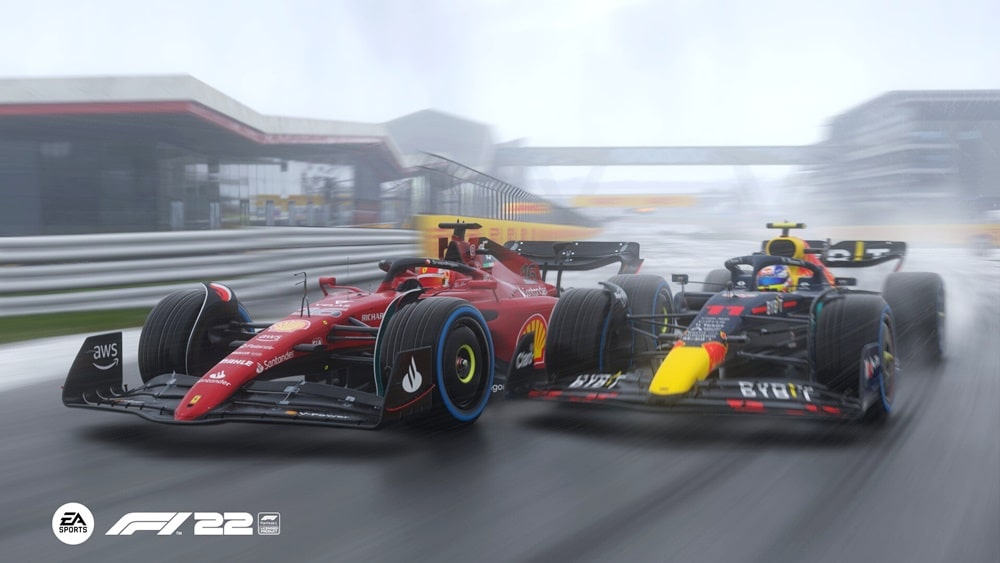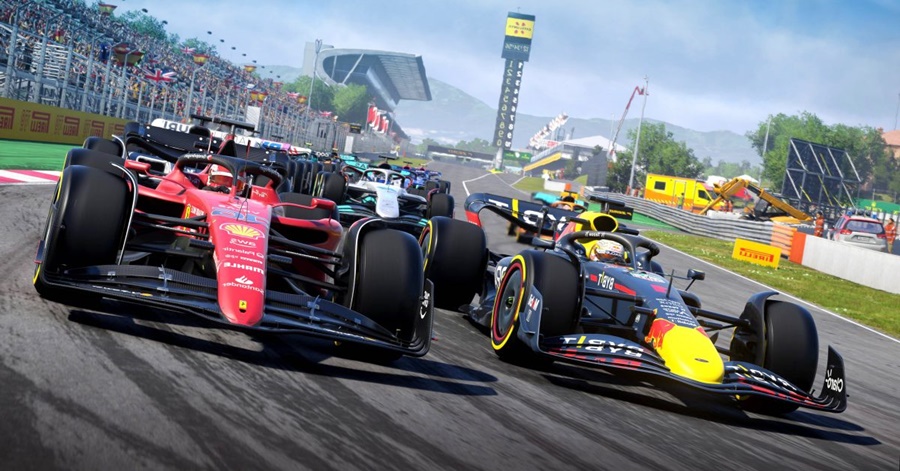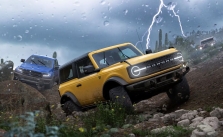F1 22: How to Drive without ABS

Gamers who the F1 series developed by Codemasters have had many years to get used to the many intricacies of piloting an ultra-fast performance machine. When you’re traveling over 200mph, one little mistake can be fatal, and you’ll even feel that stress in these video games. Thankfully, the Formula One cars in F1 22 have many features that are at your disposal for safe operation. Among them is the Anti-Lock Braking System (called ABS in-game), which serves to prevent your vehicle from losing its grip and skidding along the track when the brakes are applied suddenly.
This feature is absent from real Formula One cars to force racers to rely more on skill than technology but for the purpose of a video game, it’s incredibly useful. Especially for newer players who are just learning the ropes. So, if you’re training to become the world’s best F1 22 racer, here is how you can learn to be a better driver and turn off that ABS setting. When you’re ready to Drive Like a Pro Without ABS, open up that settings menu, and let’s get started.
-
What Are The Benefits of Turning Off ABS?
In F1 22, ABS can save your race on a wet track. It’ll be much more difficult for you to spin out, but that safety comes with a cost. You’ll sacrifice your most valued trait in the entire game: speed. In order to prevent your wheels from locking up, ABS slows down the time it takes you to slow down. With it off, you’ll be able to slow down and hit those turns much more deftly, but you’ll have to manually prevent your wheels from locking. It’ll be a tricky process, but in a sport where every fraction of a second counts, it’s entirely necessary and your lap times will reflect your hard work.
-
How Do You Drive Without ABS?
The most important thing you’ll need to learn after you turn off ABS is how to efficiently brake at different speeds. The brake pressure required to slow down is much different at low speeds than it is at high speeds. Proper modulation of this pressure will be critical in speeding through tracks without any lockups. It’s also important to note that your steering ability is closely tied to your braking skill. If your driving causes a bunch of lockups, you won’t be able to successfully navigate the track.

-
A Few Tips for Braking
As you practice your braking skills, it’s important to keep a few things in mind. First, you’re always going to want to brake in a straight line. Your wheels only have so much grip power, and if you’re turning and braking at the same time, they won’t be able to do both and you’ll likely just slide in a direction with locked-up wheels. Next, you’re going to want to be mindful of your braking points. These are the spots on the track before a turn where you should start slowing down in order to make that turn successfully. If you start too soon, you’ll lose too much speed, and if you start too late you’ll end up overshooting the turn and crashing. Going back to a previous tip, you’ll have to keep in mind the speed you’re going and apply the appropriate amount of brake pressure.
-
How to Trail Brake
One useful braking technique is called the trail brake. This is a way of braking through corners while maintaining control of your steering ability. It is a little bit of an advanced technique but should be fairly easy to pick up. To trail brake, you’ll start with a relatively high brake pressure going into a turn, and then begin to slowly release that pressure as you gently steer into the corner. The trick is to steer gently while you ease on the brake pressure to avoid a lockup. Mastering this will allow you to zoom through corners without losing too much speed and put you into a position where you can gain that speed back quickly.
-
How to Cadence Brake
Another great braking technique, one that is often used for low-grip scenarios like wet roads or when your brakes are worn out in between pit stops, is the cadence brake. That’s really just a fancy name for the act of pumping your brakes. Doing this in those scenarios allows your wheels to have greater grip and your brakes to maximize their effectiveness when they need to be replaced. This method is not terribly useful in good weather conditions or with new brakes.













